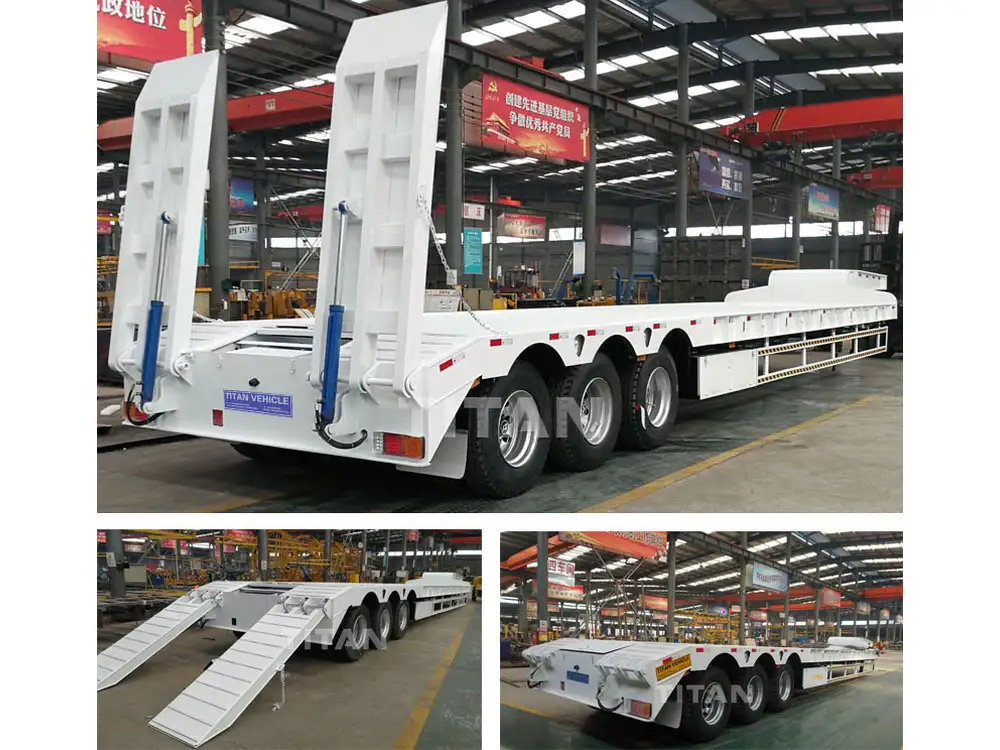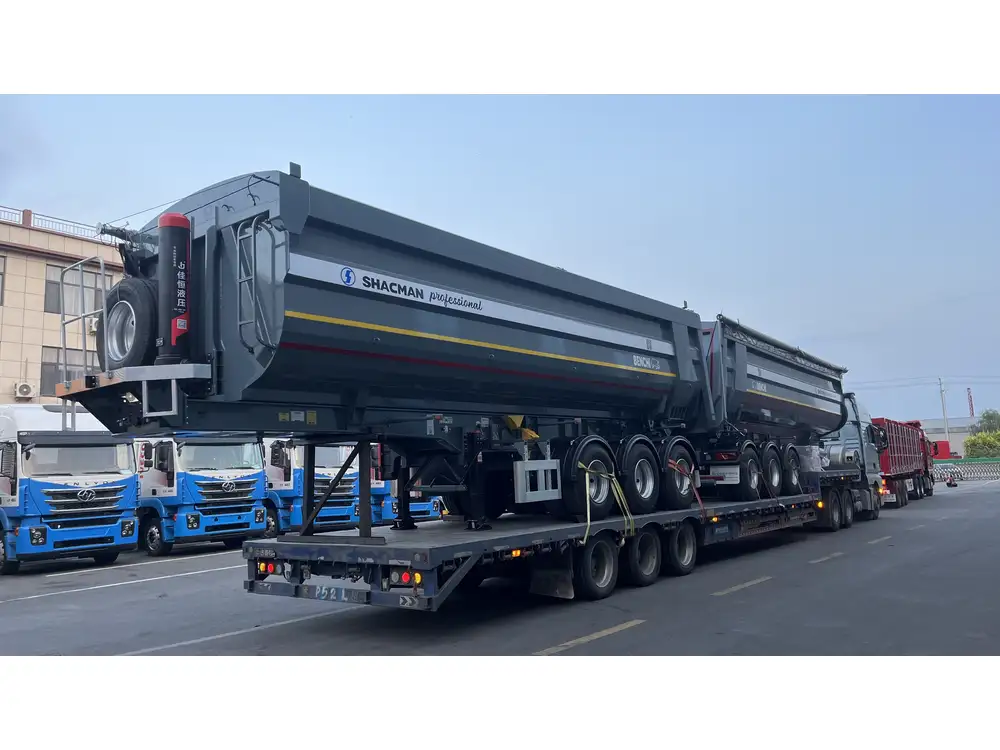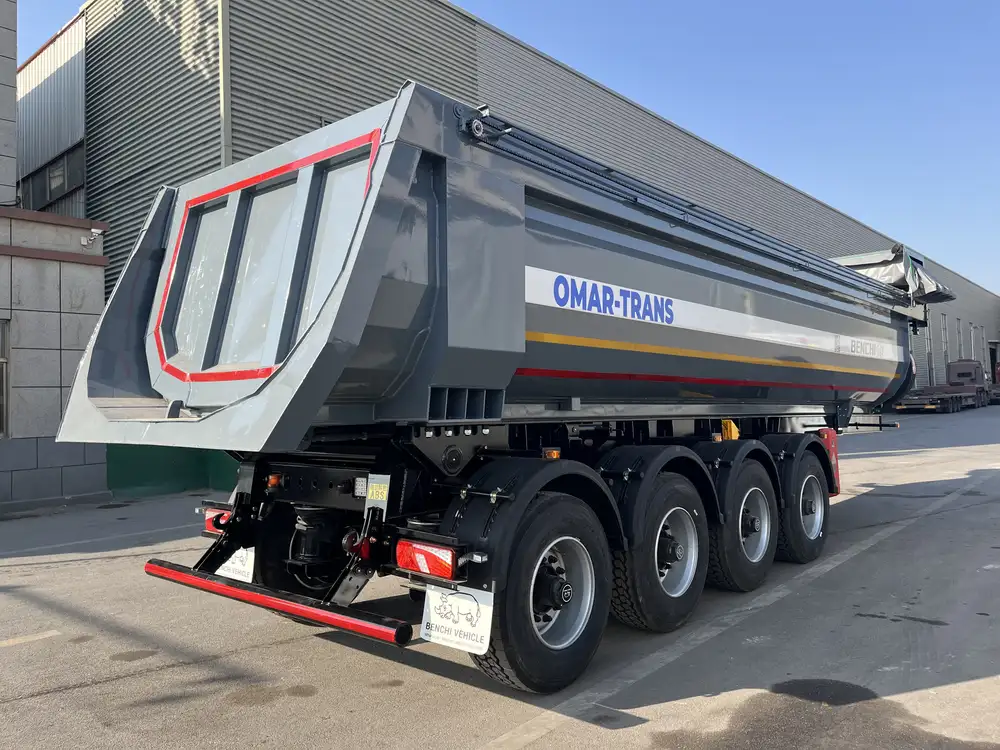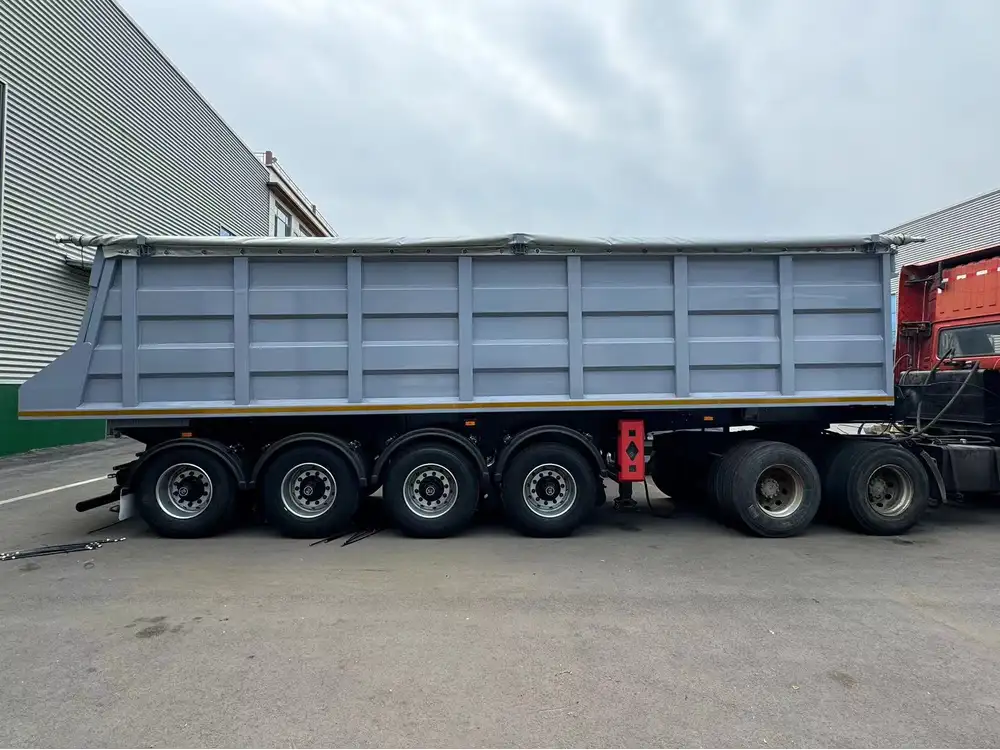As the transportation industry grows, ensuring safety and efficiency for semi-trailers has never been more critical. Regular maintenance is key to achieving this goal. In this article, we will dissect essential checks, delve into systematic procedures, and illuminate the intricacies inherent in maintaining semi-trailers, ensuring longevity and optimal performance.
Table of Contents
- Pre-Trip Inspection Essentials
- Tire and Wheel Checks
- Braking System Examination
- Lighting Systems Integrity
- Structural Elements Review
- Suspension System Assessment
- Cargo Securement Procedures
- Fluid Levels and Leaks
- Electrical System Functionality
- Post-Trip Inspection Guidelines
- Common Issues and Solutions
- Conclusion
1. Pre-Trip Inspection Essentials
Pre-trip inspections are paramount for ensuring that every journey begins safely and smoothly. The following checklist highlights crucial aspects to evaluate:
- Documentation Verification: Always confirm that your registration and insurance papers are current and accessible.
- Overall Condition Review: Conduct a visual survey of the entire semi-trailer, identifying any obvious signs of damage or wear.
- Safety Equipment Availability: Ensure that all required safety gear, such as fire extinguishers and triangles, are on board.
| Checklist for Pre-Trip Inspection: | Item | Action Required |
|---|---|---|
| Registration and Insurance | Verify validity and accessibility | |
| Structural Damage | Inspect frame, floor, and chassis | |
| Lights and Reflectors | Test functionality | |
| Safety Gear | Check for presence and condition |

2. Tire and Wheel Checks
Tires are critical components that ensure stability and balance. Neglecting tire maintenance can lead to disastrous consequences.
Key Points to Evaluate:
- Tire Pressure: Use an accurate gauge to check PSI levels; under-inflated tires can cause excessive wear, while over-inflated tires might lead to blowouts.
- Tread Depth: Measure the tread depth using a depth gauge. Tires should ideally have a depth of at least 4/32 inches to ensure proper traction.
- Wheel Condition: Inspect wheels for cracks, corrosion, or deformities. Confirm that lug nuts are tightened to manufacturer specifications.
| Tire Maintenance Matrix: | Action | Frequency | Tools Required |
|---|---|---|---|
| Pressure Check | Before each trip | Tire pressure gauge | |
| Tread Measurement | Monthly | Tread depth gauge | |
| Visual Inspection | Every 1000 miles | Basic hand tools |
3. Braking System Examination
The braking system is a semi-trailer’s most critical safety feature. Regular checks can prevent brake failure.

Steps for Inspection:
- Brake Pads and Shoes: Inspect for wear; replace them if they’re less than 1/4 inch thick.
- Air Brake System: Ensure all connections are airtight. Conduct a brake test to check responsiveness.
- Trailer Brake Lights: Confirm functional operation to alert vehicles behind during braking.
| Braking System Checklist: | Component | Inspection Method |
|---|---|---|
| Brake Pads/Shoes | Visual wear check | |
| Air Supply Lines | Leak detection | |
| Brake Lights | Activation test |
4. Lighting Systems Integrity
Visibility is key in transportation, making lighting systems crucial for safety.
Areas to Review:
- Headlights and Taillights: Inspect bulbs to ensure none are burned out. Replace them promptly.
- Marker Lights: Confirm all markers are operational, especially when the trailer is loaded.
- Reflective Tape: Check for wear and ensure that reflective tape is intact for better visibility at night.
| Lighting Maintenance Checklist: | Light Type | Action Needed |
|---|---|---|
| Headlights | Inspect and replace bulbs | |
| Taillights | Test functionality | |
| Reflectors | Check condition |

5. Structural Elements Review
The structural integrity of a semi-trailer is critical for safe hauling.
Key Maintenance Checks:
- Frame: Inspect for bends, cracks, or rust, particularly in high-stress areas.
- Flooring: Evaluate the flooring surface for any soft spots or damage that could compromise cargo load.
- Cross Members: Check for fractures and replace any compromised members to maintain structural soundness.
| Structural Integrity Checklist: | Element | Maintenance Tip |
|---|---|---|
| Frame | Visual inspection | |
| Flooring | Tap test for soft areas | |
| Cross Members | Check for wear and tear |
6. Suspension System Assessment
The suspension system is vital for the stability and comfort of the ride.

Suspension Checkpoints:
- Shock Absorbers: Investigate for leaks and test for responsiveness.
- Air Bags: Ensure they are inflated to correct levels and show no signs of damage.
- Leaf Springs: Look for any cracks or broken leaves. Proper alignment is essential for balanced load distribution.
| Suspension Maintenance Insights: | Component | Maintenance Recommendation |
|---|---|---|
| Shock Absorbers | Regularly inspect for leaks | |
| Air Bags | Check inflation and integrity | |
| Leaf Springs | Look for damage or misalignment |
7. Cargo Securement Procedures
Ensuring secure load transport is essential for safety.
Best Practices:
- Strapping and Tying Down: Use appropriate tie-downs and ensure they are tight. Check periodically during transit.
- Weight Distribution: Balance load evenly across the trailer to prevent undue stress on any one side.
- Periodic Checks: Conduct regular checks at rest stops to confirm securement remains intact.
| Cargo Securement Checklist: | Task | Frequency |
|---|---|---|
| Inspect securement | Before and during transport | |
| Check weight distribution | At loading and before driving |

8. Fluid Levels and Leaks
Monitoring fluid levels is vital for the efficient operation of braking and hydraulic systems.
Fluid Checks to Perform:
- Brake Fluid: Ensure levels are above the minimum mark; replace fluid if dark or contaminated.
- Grease Levels: Check for adequate lubrication in the wheel bearings and other hinge points.
- Hydraulic Fluids: Inspect for leaks; low levels can compromise braking and steering performance.
| Fluid Maintenance Checklist: | Fluid Type | Check Frequency |
|---|---|---|
| Brake Fluid | Monthly or as needed | |
| Grease Levels | Bi-monthly | |
| Hydraulic Fluids | Weekly |
9. Electrical System Functionality
Electrical systems are critical for trailers with advanced features.

Electrical Components to Inspect:
- Battery Condition: Inspect for corrosion at terminals and confirm charge level.
- Wiring Inspection: Look for frayed wires or loose connections, as these can lead to electrical failures.
- Fuses Check: Ensure that all fuses are functional and replace any burnt out.
| Electrical System Maintenance Checklist: | Component | Action |
|---|---|---|
| Battery | Inspect and clean terminals | |
| Wiring | Conduct visual inspections | |
| Fuses | Check and replace as needed |
10. Post-Trip Inspection Guidelines
Conducting a post-trip inspection can reveal potential issues before the next journey.
Post-Trip Checklist:
- Condition Overview: Look for any changes in the trailer’s condition compared to pre-trip reviews.
- Inventory Check: Ensure all cargo equipment and safety gear are accounted for.
- Maintenance Scheduling: Note any repairs needed and schedule them promptly.

11. Common Issues and Solutions
Understanding common issues enhances preventive measures.
| Problem | Symptoms | Solution |
|---|---|---|
| Tire Blowouts | Sudden loss of control | Regular tire inspections |
| Brake Failures | Unresponsive brakes | Routine checks of brake systems |
| Structural Damage | Visible cracks or bends | Repair or replace damaged parts |
| Electrical Failures | Lights out or flickering | Inspect wiring and replace fuses |
12. Conclusion
Regular maintenance and systematic checks on semi-trailers not only enhance safety but also prolong the lifespan of the equipment. By rigorously following the guidelines provided in this article, owners and operators can mitigate risks, ensure peak performance, and optimize their payloads. Investing in proper maintenance translates into smoother operations and reduced overhead costs, establishing a solid foundation for the reliability and effectiveness of your semi-trailer fleet.
Establishing these practices as standard operating procedures will lay the groundwork for lasting success in the transport sector.



